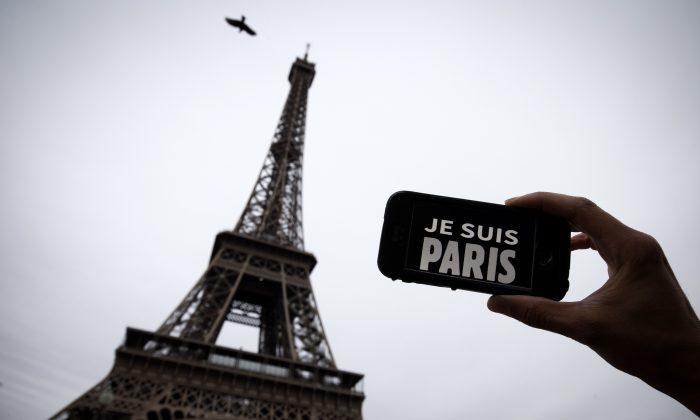More than 4 million Facebook users sent a safety check notification to their friends on Facebook in the wake of the terrorist attack in Paris, a feature the social network company said will be active for future terrorist attacks.
Safety Check delivers a push notification to devices near areas hit by disasters, until now natural disasters, asking the user if they’re safe. Pressing the “I’m Safe” button will generate a Facebook status and a notification to the user’s friends. Clicking on the notification will take the user to a list of updates from their friends in the affected area, and users can also mark their friends as safe.
User locations are taken from the city indicated in their profile, their location from “Nearby Friends,” or the city where they’re using the Internet.
The first version of Safety Check was introduced in the wake of the earthquake and tsunami in Japan in 2011. The current iteration was released last October.
The feature has been activated in several situations since: “[A]fter the recent earthquakes in Afghanistan, Chile, and Nepal as well as Tropical Cyclone Pam in the South Pacific and Typhoon Ruby in the Philippines,” Facebook’s Vice President of Growth Alex Schultz, wrote in a blog post.
The Paris attack set a precedent for the feature’s deployment in other types of emergencies.
“Until yesterday, our policy was only to activate Safety Check for natural disasters. We just changed this and now plan to activate Safety Check for more human disasters going forward as well,” Schultz wrote on Nov. 14.
The company has caught flak for not turning the feature on for the terrorist attack in Beirut, Lebanon, that took place on Thursday, Nov. 12, one day before the Paris attack. Schultz said that the magnitude of activities on Facebook during the Paris attack convinced the company to turn Safety Check on for events other than natural disasters for the first time.
“People are also asking why we turned on Safety Check in Paris and not other parts of the world, where violence is more common and terrible things happen with distressing frequency. Thursday’s tragedy in Beirut is one recent example,” he wrote.
Schultz didn’t outline an explicit criteria for when Safety Check would be turned on for an area, but said that “scope, scale and impact” were factors considered when the tool was deployed during natural disasters. He also said that the feature would be less useful in places where the dangers were more long term.
“During an ongoing crisis, like war or epidemic, Safety Check in its current form is not that useful for people: because there isn’t a clear start or end point and, unfortunately, it’s impossible to know when someone is truly ’safe,'” Schultz wrote.
In a later post, Facebook CEO Mark Zuckerberg emphasized, “We care about all people equally, and we will work hard to help people suffering in as many of these situations as we can.”






Friends Read Free